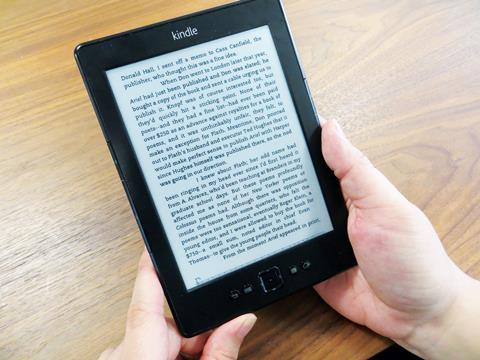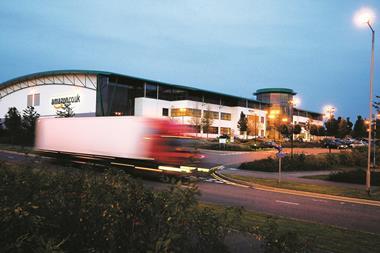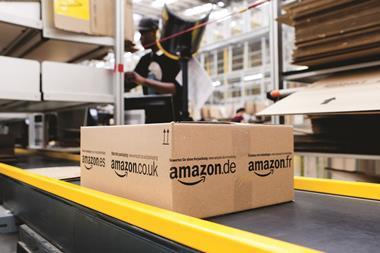Amazon’s physical store plans are about drawing more consumers into its world than is possible with its websites alone, writes Howard Lake.
For Amazon, it’s all about the ecosystem. And if the latest disclosures prove correct, the online giant is determined to bring as many consumers on board as it can – even if that means it has to take its offer into the malls of America.
“The end point is powering take-up of Prime membership and steering the user into the entire Amazon ecosystem that entails”
Having operated a series of pop-up locations across the US in recent years, Amazon is now moving to establish as many as 100 such sites in the coming year or so. As opposed to its bookstores or even its mooted grocery click-and-collect outlets, these planned pop-ups will act as showcases for the etailer’s hardware. The stores will contain the full array of proprietary devices, from Kindle e-readers to Fire TV sticks to the Alexa and Echo connected ordering speakers.

These products are relatively cheap to purchase by consumer electronics standards, but as experienced Amazon observers know, the company is not driven as much by physical product sales per se as by the potential for further upsales once the user has these devices within their home. The end point is powering take-up of Prime membership and steering the user into the entire Amazon ecosystem that entails.
Physical interaction
The devices offered are intended to facilitate Prime membership; they offer far more benefits to ownership if used by a Prime member. Clearly, Amazon believes it can persuade more Americans of the attractions of its offer in a physical interaction than it can via, say, a video on its website.
This is interesting in itself. For some time now, there has been a feeling that online pure-players need to develop some kind of real-world presence to enhance available consumer touchpoints beyond just the digital realm.
We have seen this thinking in, say, Media-Saturn’s omnichannel approach in Europe, where stores are very much viewed as adjuncts to the online space, with a range of shopper services on offer to ‘humanise’ what might otherwise be perceived as a somewhat sterile shopping experience.
“It is likely that results from the initial pop-ups have been sufficiently encouraging in terms of ROI and Prime take-up that the retailer sees this as a path worth pursuing”
It will be interesting to see whether Amazon eventually brings this concept to its European markets as well – it did trial a similar model in Paris last year, though how well it performed is unknown.
By opening physical retail spaces in malls, Amazon is leveraging its huge brand recognition even further. It is not as though an entirely new CE banner will suddenly put itself in front of US shoppers. Just the appearance of an Amazon-branded outlet will, we suspect, be enough to drive footfall through its doors, even if only out of curiosity.
Once inside, the key will be to convert that curiosity into actual sales of the devices. It is likely that results from the initial pop-ups have been sufficiently encouraging in terms of ROI and Prime take-up that the retailer sees this as a path worth pursuing.


























No comments yet